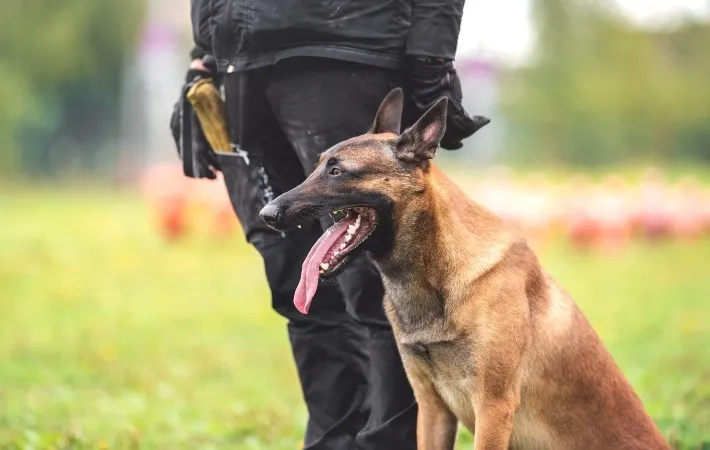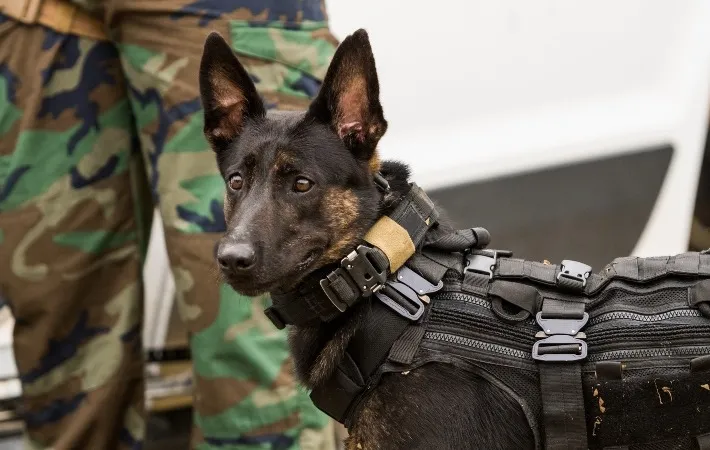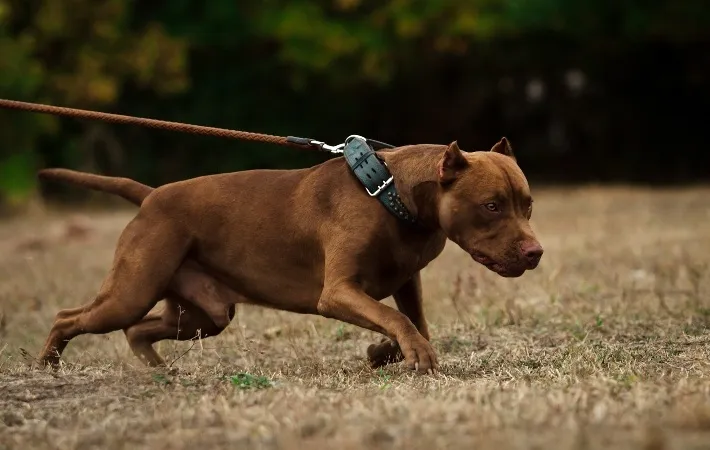Dogs have been our loyal companions for centuries, offering unwavering affection and unique skills that benefit humanity in countless ways. Beyond their roles as beloved pets, certain breeds possess inherent qualities like intelligence, courage, and a strong protective instinct that make them invaluable assets to law enforcement. For over a hundred years, these exceptional canines, often referred to as K-9 units, have been instrumental in community safety, crime prevention, and life-saving operations. This extensive training equips them with specialized abilities, and their distinct personalities are carefully matched to various police roles. Let’s explore the breeds that consistently rise to the challenge of police work.
The German Shepherd: A Classic Force Multiplier
When you envision a police dog, the German Shepherd is often the first breed that comes to mind. Their commanding presence, combined with exceptional trainability and remarkable intelligence, makes them a versatile choice for a wide array of law enforcement duties. These dogs excel in detection work, whether it’s identifying contraband, locating victims in natural disasters, or assisting in military operations. Their innate work ethic and strong drive allow them to perform demanding tasks with precision and dedication, solidifying their status as a cornerstone of police K-9 units worldwide. Their ability to learn and adapt quickly makes them invaluable in unpredictable situations.
The Belgian Malinois: Agile and Alert
Distinctive for their erect ears and powerful physique, the Belgian Malinois might be confused with a German Shepherd. However, they tend to be lighter and possess a higher energy level. While this can translate to excitability, properly channeled energy makes them formidable K-9 officers. Their natural athleticism and superior sense of smell are perfectly suited for tasks like explosives detection and apprehending suspects. The Belgian Malinois’s swift reaction times and agility allow them to navigate tense situations effectively, making them reliable partners in high-stakes scenarios.
 Belgian Malinois in a police K-9 unit
Belgian Malinois in a police K-9 unit
The Bouvier des Flandres: A Gentle Giant with a Purpose
The shaggy exterior of the Bouvier des Flandres might suggest a docile companion, but beneath that impressive double coat lies a robust and muscular build ideal for demanding tasks, particularly search and rescue. Their excellent obedience skills and calm temperament ensure they are eager to assist their handlers. While more commonly seen in Europe, the Bouvier des Flandres’s capabilities are recognized globally, and their even-keeled nature makes them excellent partners for officers.
 Bouvier des Flandres on a leash, looking alert
Bouvier des Flandres on a leash, looking alert
The Bloodhound: Unparalleled Scent Detection
Renowned for their extraordinary olfactory abilities, Bloodhounds possess a sense of smell so profound that their tracking evidence has been legally admissible in some U.S. courts – a testament to their reliability. These dogs can follow faint scents for miles, making them exceptionally skilled at locating missing persons, including children, due to their generally calm demeanor around them. Their ability to match crime scene evidence to suspects is unparalleled, highlighting the incredible power of a Bloodhound’s nose. Understanding the nuances of canine scent capabilities is crucial for law enforcement.
![]() Bloodhound expertly tracking a scent
Bloodhound expertly tracking a scent
The Dutch Shepherd: An Understated All-Rounder
Though less famous than other shepherd breeds, the Dutch Shepherd stands out as one of the most intelligent and alert K-9 breeds. They possess a strong work ethic and a remarkable ability to learn new skills quickly, making them adept at various police duties. Search and rescue, as well as detection work, are primary roles for the Dutch Shepherd. Their quick wit and athletic prowess also make them suitable for dog sports and herding, demonstrating their versatility.
 Dutch Shepherd in a police K-9 patrol
Dutch Shepherd in a police K-9 patrol
The Doberman Pinscher: Courageous and Disciplined
Originally bred as guard dogs, the strong and agile Doberman Pinscher is a natural fit for law enforcement. Many departments utilize them for apprehending fleeing criminals. Despite their formidable reputation, Dobermans are highly disciplined and trained to apprehend suspects without causing unnecessary harm. Their courage and active nature make them reliable and valuable members of any police force.
 Doberman Pinscher standing attentively with an officer
Doberman Pinscher standing attentively with an officer
The Labrador Retriever: Popularity Meets Police Duty
The Labrador Retriever, famously America’s most popular dog breed, also ranks highly as a K-9 unit choice. Labs are frequently employed in high-traffic areas, assisting in the detection of narcotics and other illegal substances. Their protective instincts make them effective, but a surprising advantage is their generally non-threatening appearance. This approachable nature helps the public feel more at ease in their presence, even during official duties. The Labrador Retriever’s positive disposition contributes to a safer and more comfortable public environment.
 Labrador Retriever alongside a police officer
Labrador Retriever alongside a police officer
The Beagle: Small Size, Mighty Nose
While their energetic nature might seem unexpected for police work, the Beagle possesses two significant advantages: their size and their acute sense of smell. Beagles are adept at locating drugs and food items, making them highly useful for customs agencies. Their compact build allows them to easily navigate confined spaces, such as security conveyor belts. Beagles with a calm demeanor and a willingness to follow commands are particularly well-suited for these specialized roles.
 Beagle sniffing a suitcase at a customs checkpoint
Beagle sniffing a suitcase at a customs checkpoint
The American Pit Bull Terrier: A Cost-Effective and Capable Choice
The American Pit Bull Terrier is a more recent addition to the law enforcement ranks, increasingly recognized for their confidence and strength. Their adoption into police work is partly driven by cost-effectiveness; training traditional police dogs can be expensive, whereas many Pit Bulls come from rescue organizations, offering a more economical option without compromising on essential abilities. Employing Pit Bulls also helps to challenge negative stereotypes, showcasing their capability and dedication to public service. You’ll often find them patrolling alongside officers or assisting in searches for illegal items.
 American Pit Bull Terrier walking calmly on a leash
American Pit Bull Terrier walking calmly on a leash
Dedicated to Service: The Diverse World of Police Dogs
The most effective Types Of Dogs Used For Police Work are incredibly diverse, showcasing a wide range of breeds and abilities. From the classic German Shepherd to the more recently adopted American Pit Bull Terrier, each breed brings unique strengths to law enforcement. Even dogs that might not be the first to come to mind possess specialized skills vital for protecting our communities. Whether it’s a cherished family pet or a highly trained K-9 officer, dogs consistently stand by us, offering their loyalty and service when it’s needed most. For more insights into canine capabilities, explore breeds of dogs used for police work.
